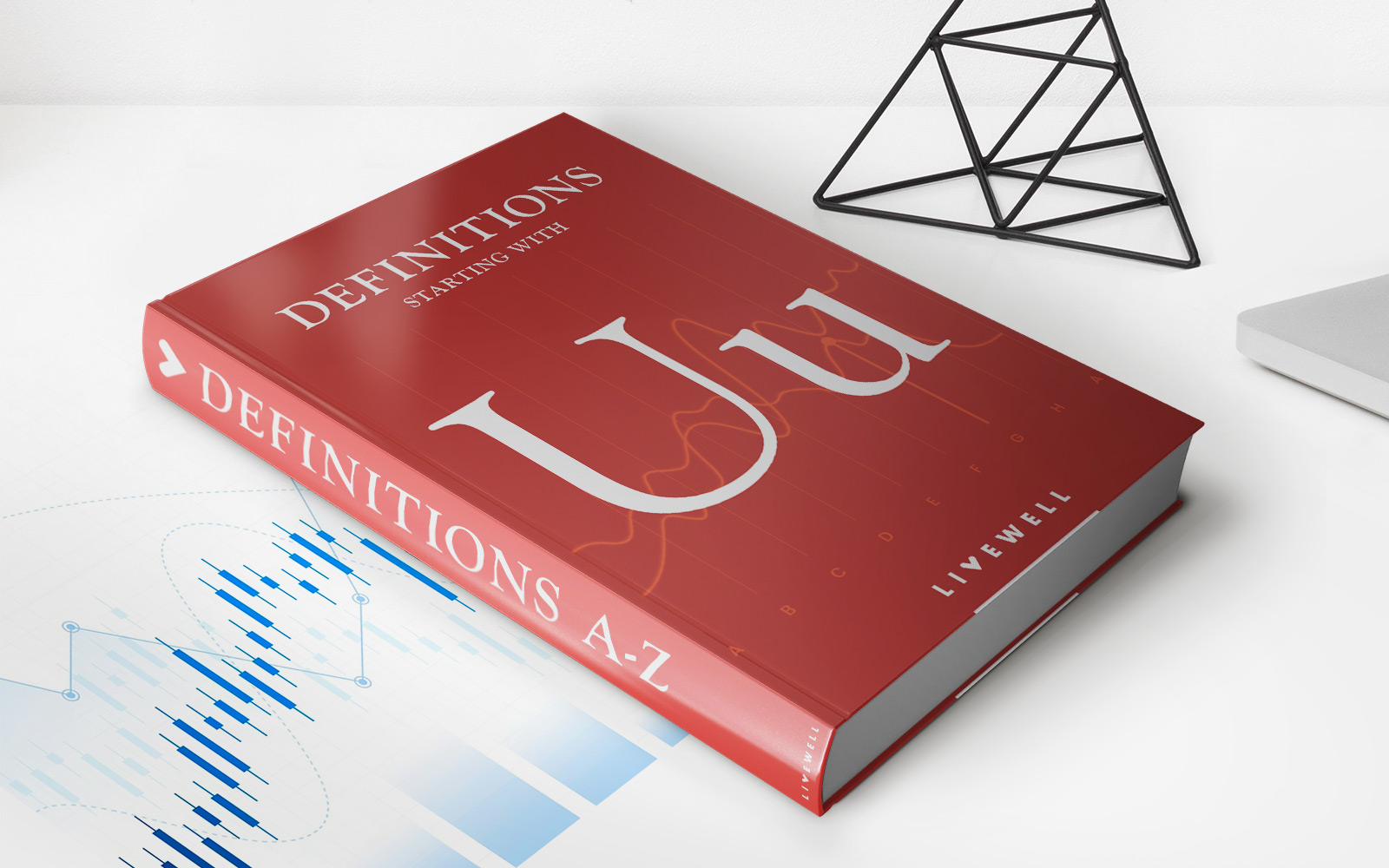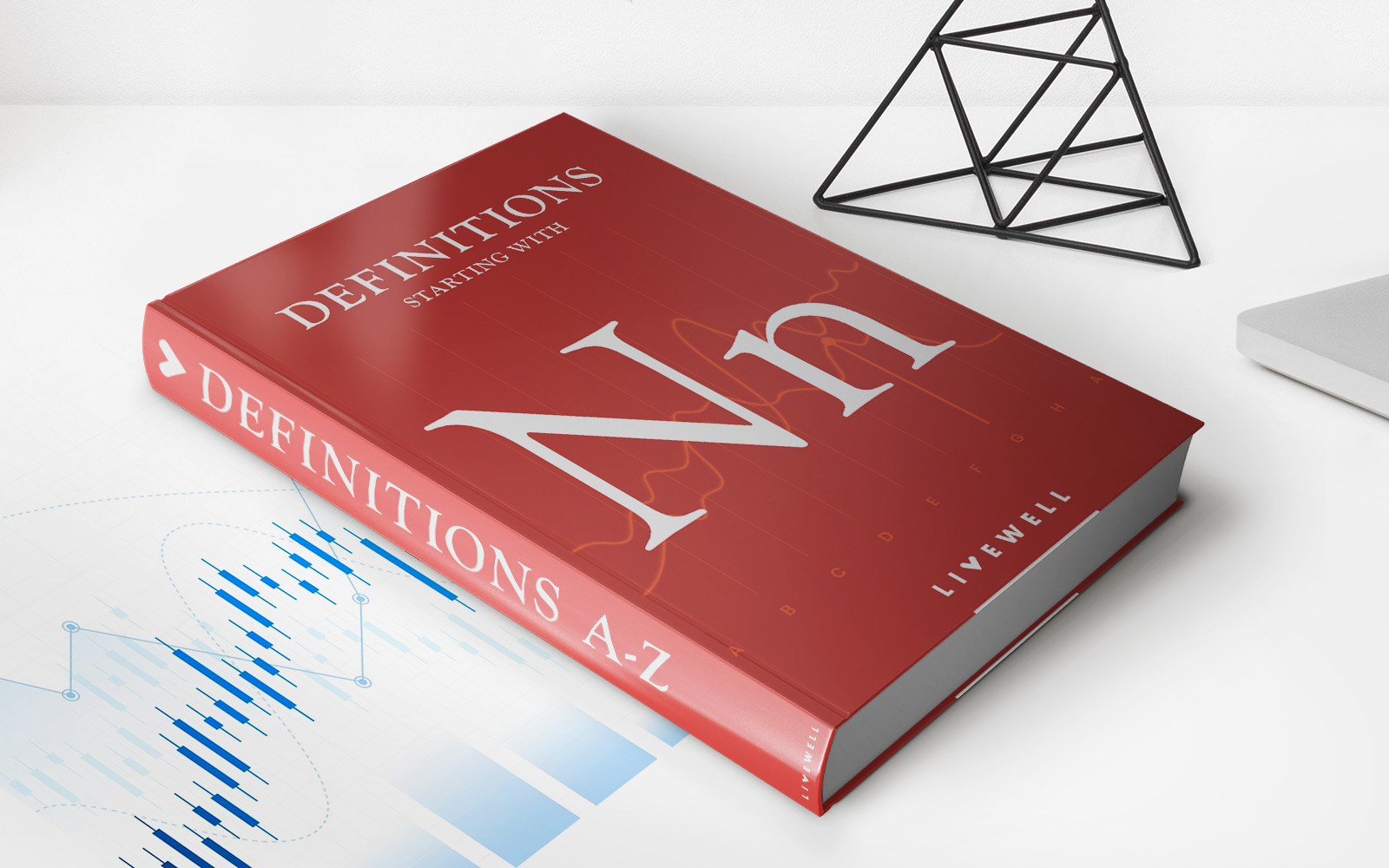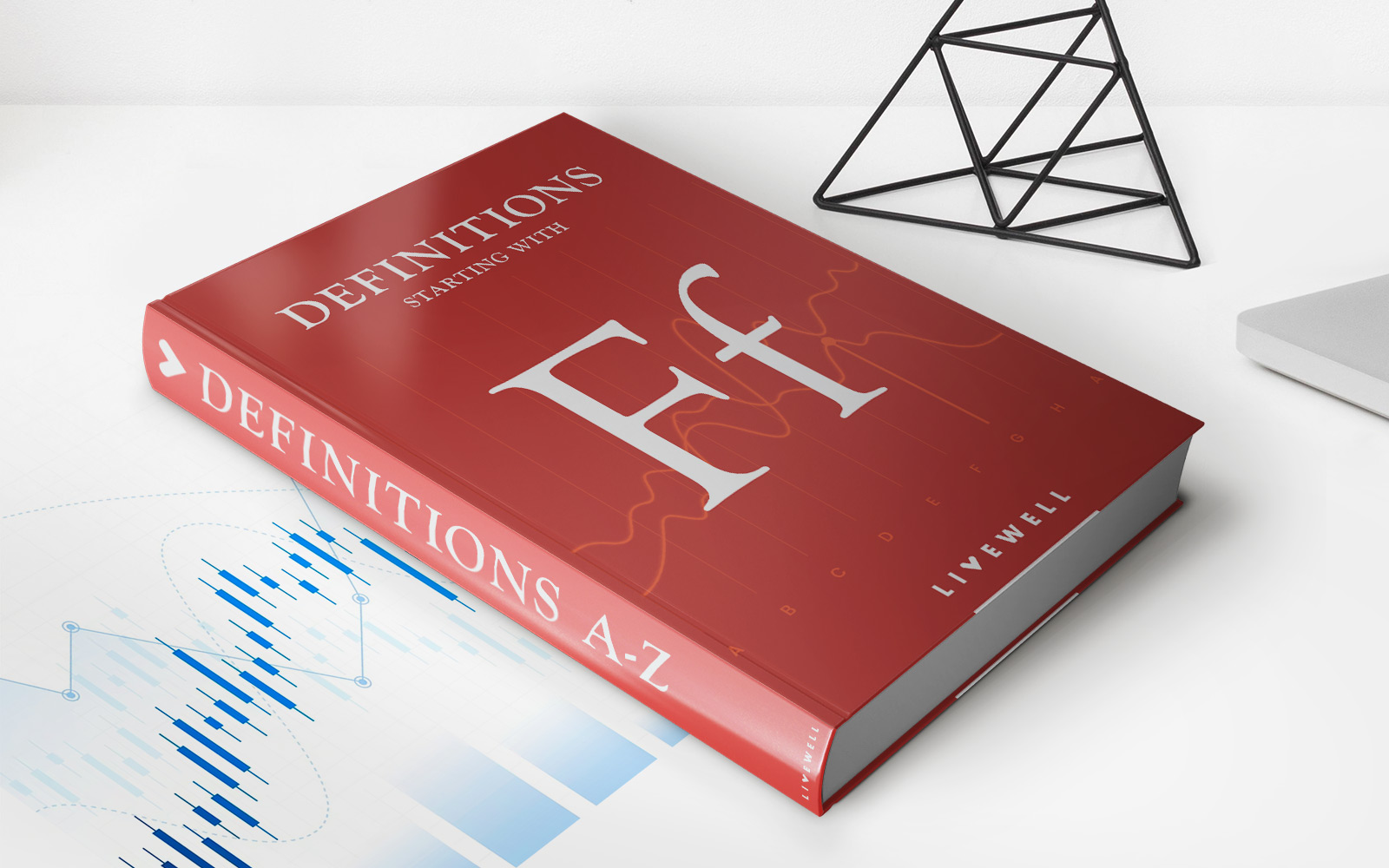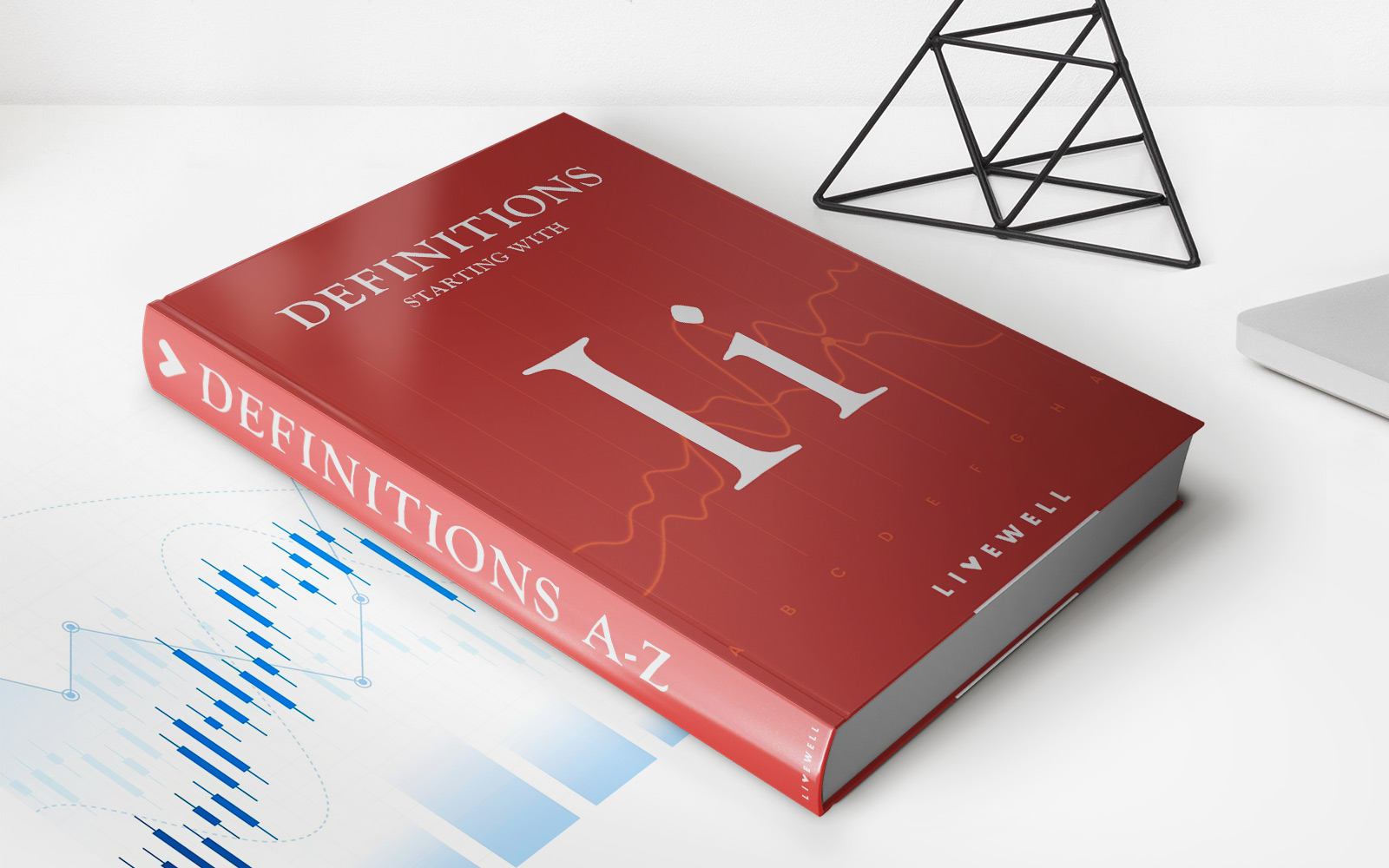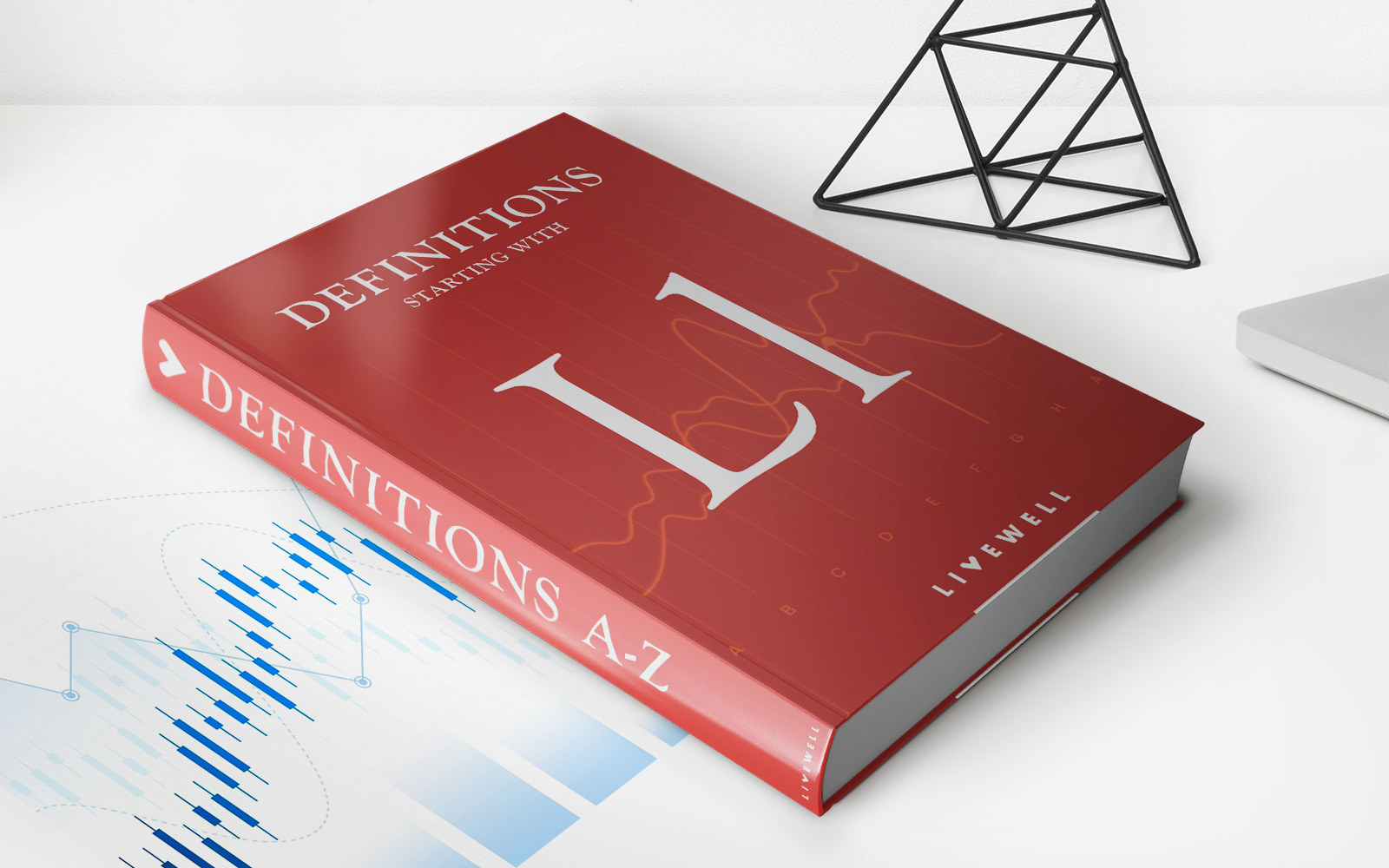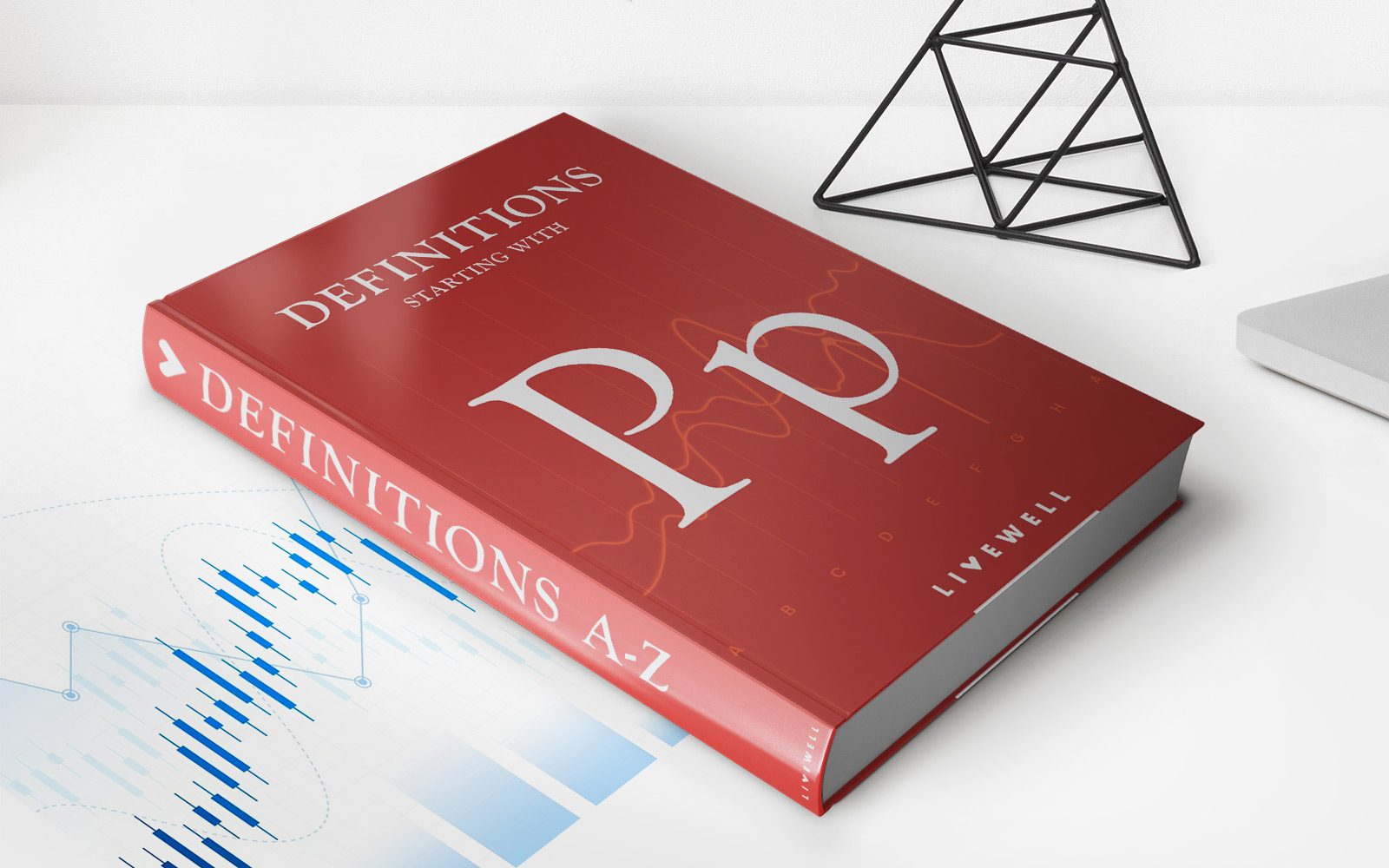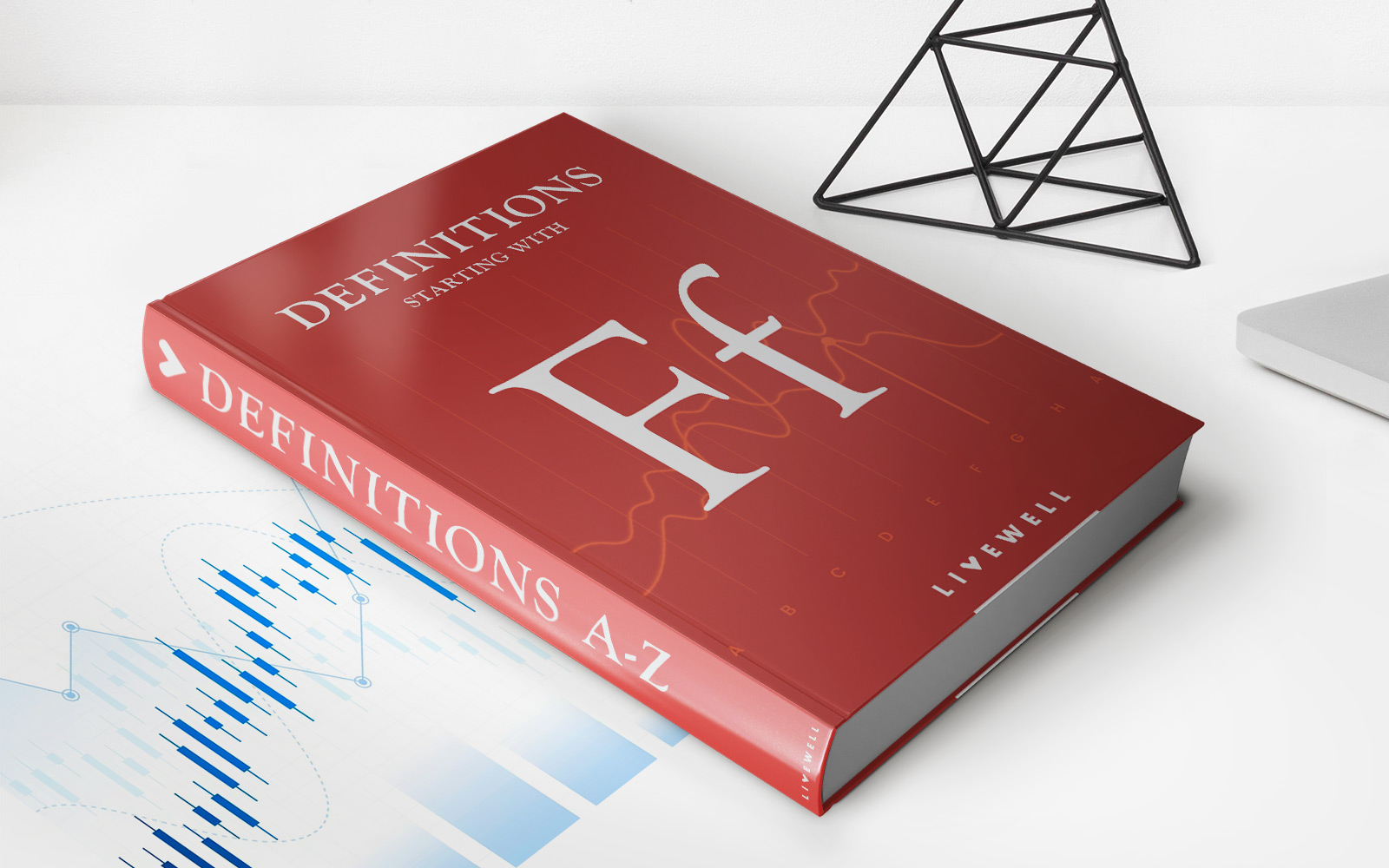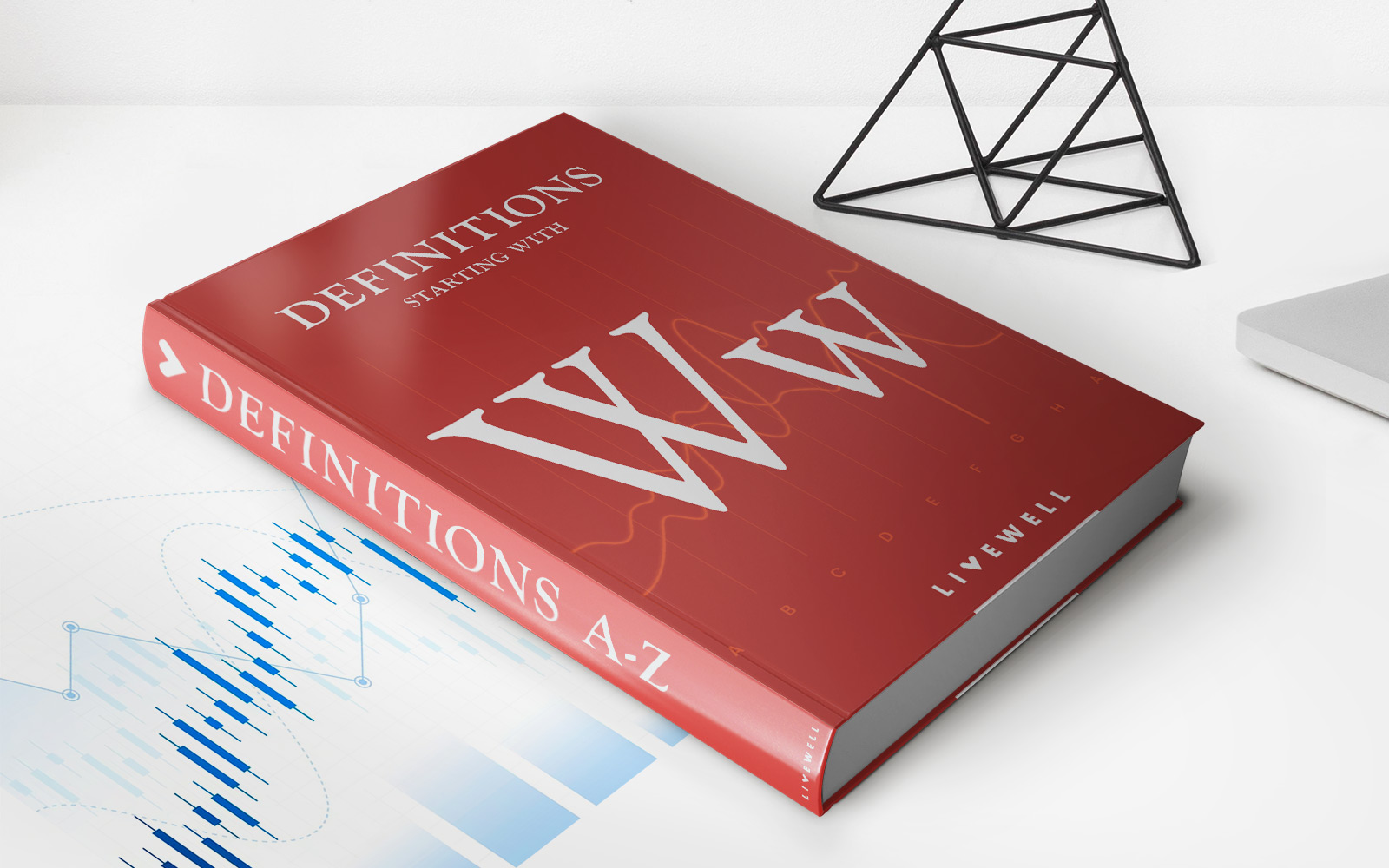Home>Finance>Revolving Underwriting Facility (RUF) Definition
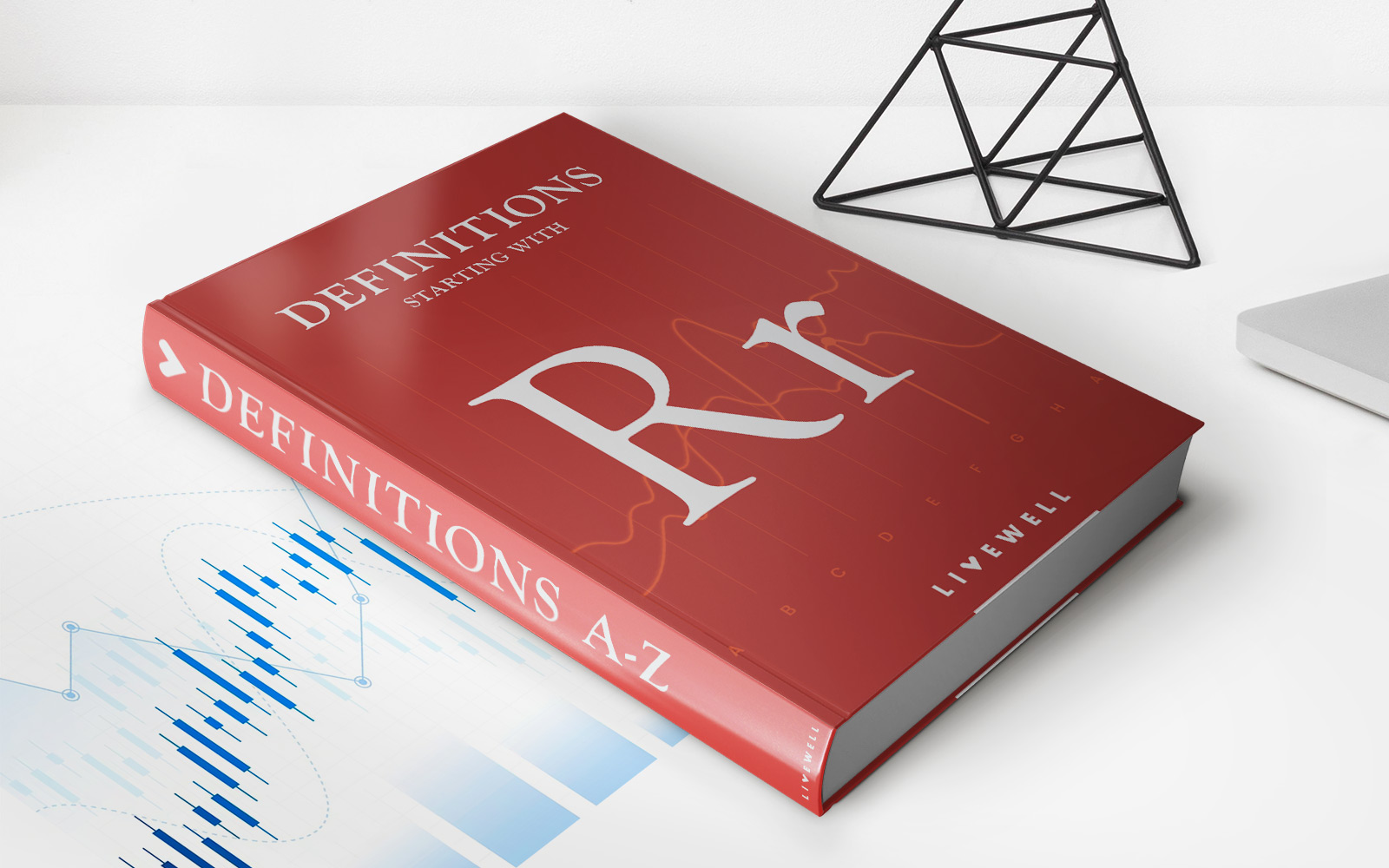

Finance
Revolving Underwriting Facility (RUF) Definition
Published: January 21, 2024
Get a comprehensive understanding of the Revolving Underwriting Facility (RUF) in finance. Learn its definition, benefits, and how it can enhance your financial journey.
(Many of the links in this article redirect to a specific reviewed product. Your purchase of these products through affiliate links helps to generate commission for LiveWell, at no extra cost. Learn more)
Understanding the Revolving Underwriting Facility (RUF) Definition
When it comes to financing options, the banking industry has developed various tools to cater to the needs of individuals and businesses alike. One such financial mechanism is the Revolving Underwriting Facility (RUF). In this blog post, we will delve into the definition of RUF and shed light on its significance within the financial landscape.
Key Takeaways:
- RUF is a flexible financing option that provides ongoing access to funds.
- It allows borrowers to utilize the available credit line as needed, similar to a revolving credit facility.
RUF, also known as a revolving underwriting line, is essentially a credit facility extended by financial institutions to companies or individuals. Unlike traditional term loans with fixed repayment schedules, RUF offers a more flexible borrowing arrangement. Borrowers receive a credit line that they can draw on as per their requirements, and only pay interest on the funds utilized. This structure provides businesses with the ability to access funds quickly when needed, making it an attractive financing option.
So, how does RUF work exactly? Let’s take a closer look at the mechanics:
- Credit Determination: The borrower’s creditworthiness and financial health are assessed by the lender to determine the maximum credit line they can receive. This evaluation considers factors such as income, collateral, and credit history.
- Borrowing and Repayment: Once the credit line is established, the borrower can draw funds as needed within the approved limit. Interest is charged on the funds utilized, and the borrower is required to make periodic interest payments. The principal repayment can be made at the end of the facility term or in regular installments, depending on the agreement.
- Revolver Mechanism: As payments are made, funds become available once again, creating a revolving arrangement. This means that borrowers can repeatedly access the credit line throughout the facility term, making it useful for managing working capital, paying off existing debt, or covering unexpected expenses.
The advantages of RUF extend beyond its flexibility. Here are a few key benefits:
- Cost-effective: With RUF, borrowers only pay interest on the funds utilized, reducing the overall cost of borrowing compared to traditional term loans.
- Continuous Access: Businesses can access funds as needed, providing them with a safety net during uncertain times or opportunities for growth.
- Working Capital Management: RUF can be effectively used to manage day-to-day operational expenses, ensuring smooth operations without straining cash flow.
As with any financial product, it is essential to thoroughly understand the terms and conditions of a RUF before entering into an agreement. The terms may vary between lenders, so comparing options and evaluating the associated costs is crucial.
In conclusion, a Revolving Underwriting Facility (RUF) offers a flexible and accessible financing option for businesses and individuals. By providing continuous access to funds, it empowers borrowers to manage their financial needs efficiently. Whether it’s addressing short-term liquidity requirements or seizing growth opportunities, RUF can be a valuable tool in achieving financial goals.

